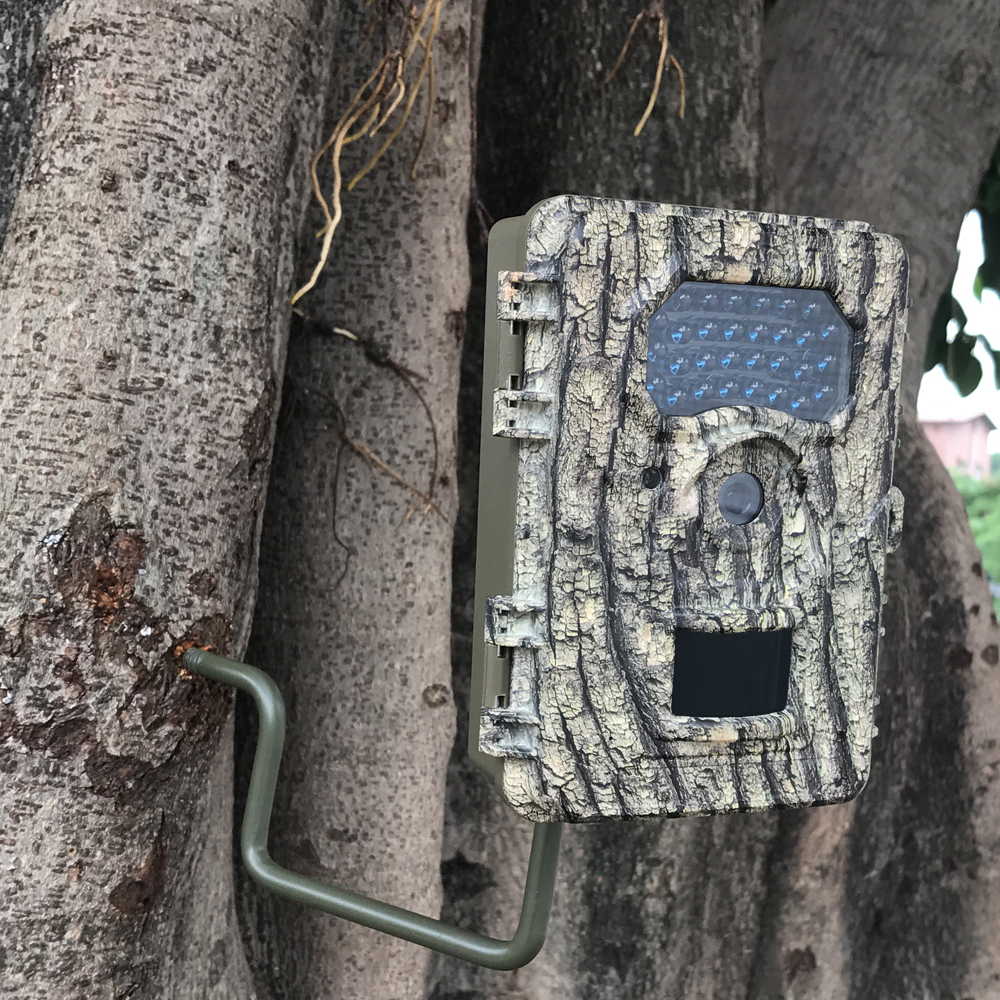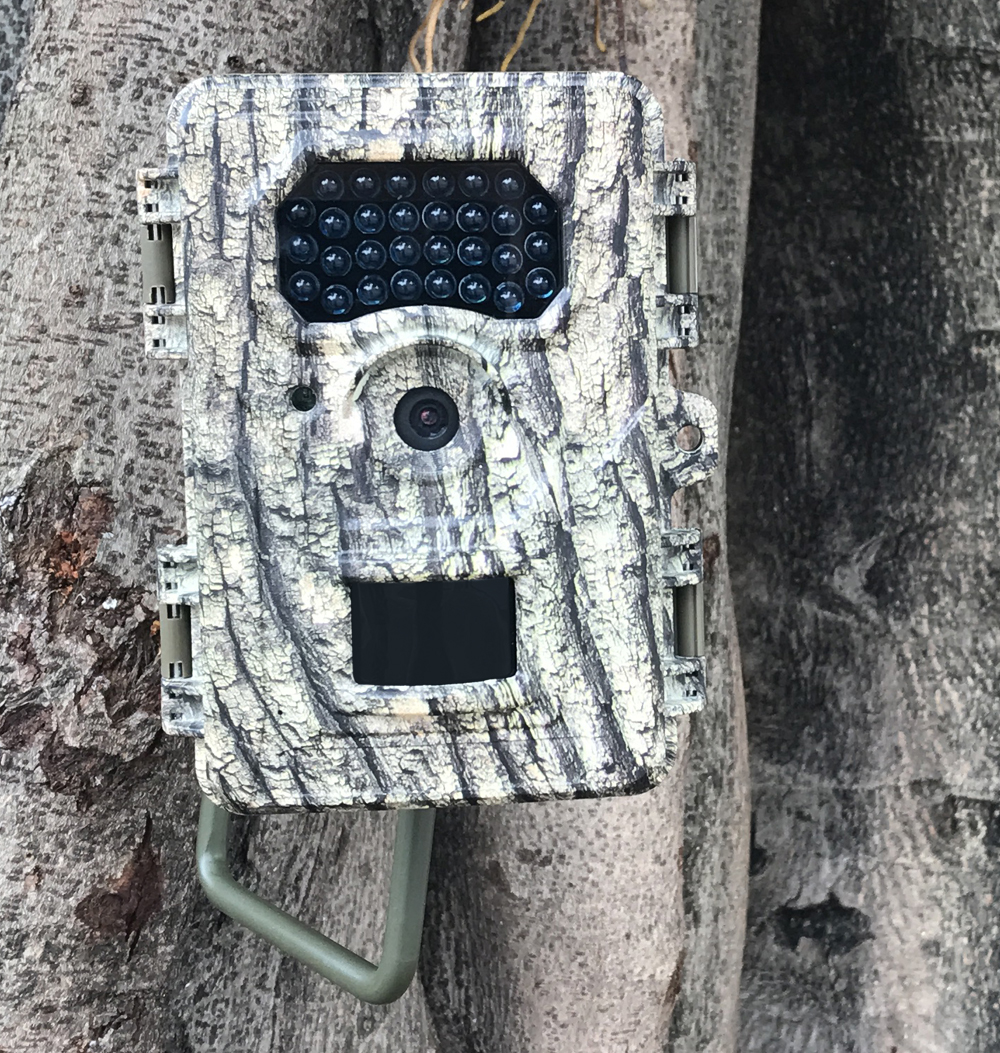There is no direct relationship between speaker sound quality and power. The power determines the maximum sound that a speaker can emit, and it feels like it is how loud the sound produced by the speaker can be.
According to international standards, there are two methods of marking power: rated power (RMS: sine wave root mean square) and instantaneous peak power (PMPO power). The former refers to the driving of an 8Ω speaker in the rated range, which stipulates the continuous analog signal of the waveform. After a certain interval and repeated for a certain number of times, the speaker will not cause any damage to the maximum electric power; the latter refers to the maximum power that the speaker can withstand in a short time. . The U.S. Federal Trade Commission set the standard for power calibration in 1974: an 8-ohm speaker load driven in two channels, and the effective wattage measured when the harmonic distortion is less than 1% in the range of 20 to 20000 Hz is the amplifier's The output power, the marked power is the rated output power. Usually, in order to cater to the consumer's psychology, the business indicates the instantaneous (peak) power, which is generally about 8 times of the rated power. Therefore, when purchasing multimedia speakers, the rated power shall prevail.
The power of the speaker is mainly decided by the power amplifier chip power and the power transformer power, taking into account some other factors, can be calculated if the transformer rated power is 100W, it can actually drive the power amplifier chip power below 45W Therefore, by calculating the power relationship between the speaker transformer and the power amplifier, it can also verify whether the actual rated power of the speaker can reach the nominal value.
The power of the speakers is not as great as possible. The best application is that for an average home user’s room of about 20 square meters, the true 60W power (refer to the speaker's effective output power of 30W x 2) is sufficient, but The greater the power reserve of the amplifier, the better, and it is better to be more than twice the actual output power. For example, if the speaker output is 30W, the power amplifier's capability is better than 60W. For the HiFi system, the amplifier power to drive the speakers is very large.
The great advantage of Wildlife Trail Camera is that they can record very accurate data without the photographed animal. These data are superior to human observations, because they can be reviewed by other researchers. Wildlife Trail Camera minimally disturb wildlife and can replace the use of more invasive survey and monitoring techniques such as live trap and release. Wildlife Trail Camera operate continually and silently, provide proof of species presence in an area, can reveal what prints and scats belong to which species, provide evidence for management and policy decisions, and are a cost effective monitoring tool. Infrared Flash Trail Camera has low disturbance and visibility.


Wildlife Trail Camera
Wildlife Trail Camera, Wildlife Best Trail Camera, Travel Photography Camera, Wildlife Research Trap Camera, Infrared Flash Camera
Boskon (Asia) Technology Co Ltd , http://www.brekcam.com
